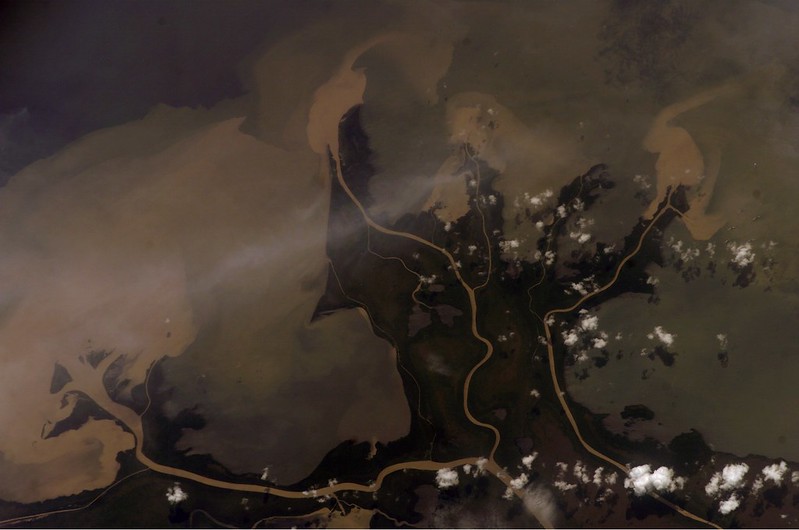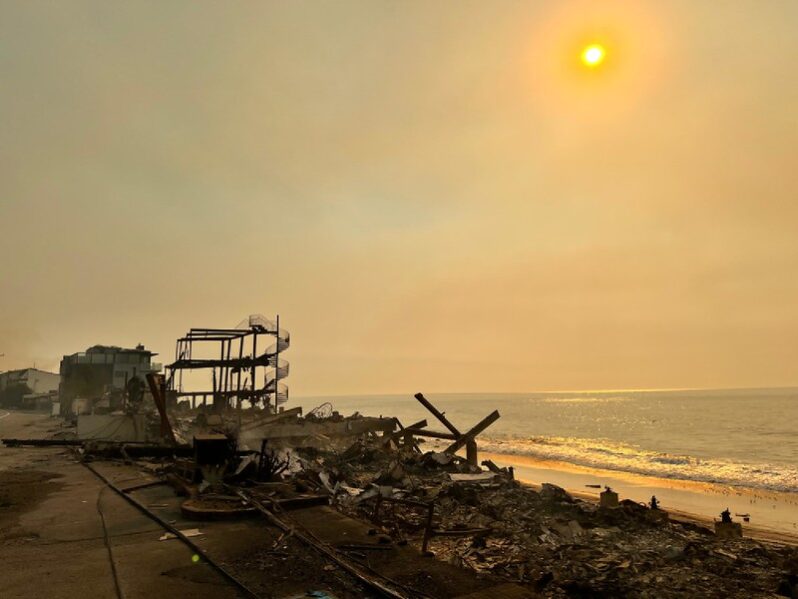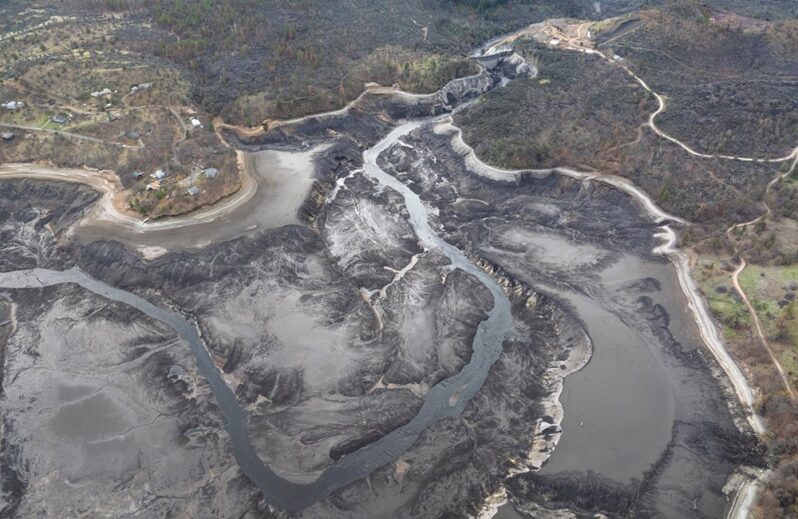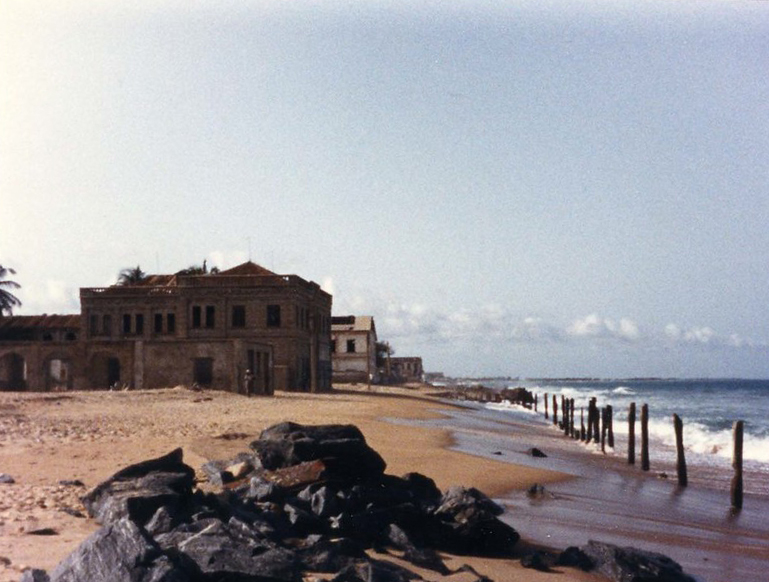The Destruction of the National Oceanic and Atmospheric Administration – Gary Griggs | Op-Ed

“Move fast and break things” is a catchphrase popularized by Mark Zuckerberg, suggesting that rapid innovation and progress are achieved by embracing experimentation and accepting that mistakes and failures are inevitable…While this approach may have benefits in the tech world, it is no way to run a nation, yet, sadly, this is what we are now experiencing in Washington, D.C., with the administration’s plans underway now to essentially destroy the National Oceanic and Atmospheric Administration.
Caspian Sea’s rapid decline threatens endangered seals, coastal communities and industry, study warns – Physics.org

Water levels in the Caspian Sea—the world’s largest landlocked water body—are getting lower, as hotter temperatures cause more water to evaporate than is flowing in. Even if global warming is limited to below 2°C, it is likely that the level of the Caspian Sea will decline by 5 to 10 m, but if temperatures rise further, water levels could drop by as much as 21 m by 2100..
Colombia’s Receding Coastline – Jacobin

In Colombia, coastal erosion caused by a combination of climate change and environmentally destructive industrial agriculture is displacing the country’s poorest citizens. But the scale of the disaster means that it has no easy solutions…
New Study Projects Climate-Driven Flooding for Thousands of New Jersey Homes – Inside Climate News

Sea-level rise threatens coastal communities even if global emissions drop…
They lost their coastal Malibu homes to fire. But should they rebuild along a rising sea? – the Los Angeles Times

“I think we suffer from what I call a short disaster memory. We want to get in there and build and rebuild as fast as we can,” said Gary Griggs, a UC Santa Cruz oceanographer and coastal geologist who wrote “California Catastrophes: The Natural Disaster History of the Golden State.” But the impermanence of coastal construction ”is not something most people are interested in hearing about.”…
How the Klamath Dams Came Down – Grist Magazine

Last year, tribal nations in Oregon and California won a decades-long fight for the largest dam removal in U.S. history.
This is their story…
Coastal erosion threatens this ancient city — and others much closer to home – USC Today

USC research on the vanishing coastlines of Alexandria, Egypt, offers nature-based solutions for protecting coastal cities globally, including those in California….
Eroding homes: Ghana’s disappearing coastal communities – Dialogue Earth

Villages like Fuveme and Dzakplagbe in the south-east are being lost to rising seas, which threaten over seven million Ghanaians…
A Scenic California Rail Line Sits on an Eroding Cliff. Where Should the Tracks Go? – the New York Times

In the city of Del Mar, near San Diego, most agree the train tracks must move off eroding bluffs. But debate over its new route has stalled the project while climate change raises the risks. …
